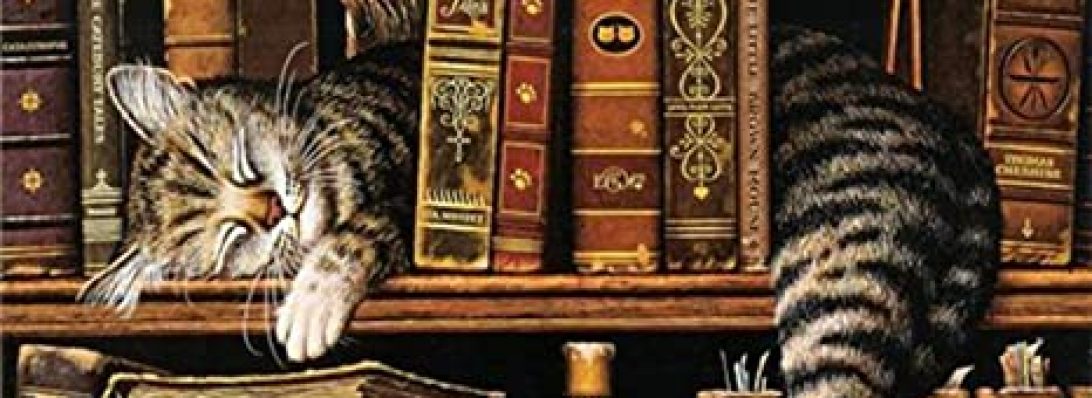 Eleanor Oliphant is fine. Completely fine. Or at least, that’s what she tells herself, when the loneliness starts to be too much or when she has yet another awkward encounter with another person. As quickly becomes clear in Eleanor Oliphant is Completely Fine, Eleanor Oliphant is not completely fine.
Eleanor Oliphant is fine. Completely fine. Or at least, that’s what she tells herself, when the loneliness starts to be too much or when she has yet another awkward encounter with another person. As quickly becomes clear in Eleanor Oliphant is Completely Fine, Eleanor Oliphant is not completely fine.
Eleanor is in her early thirties and she lives a solitary life. She’s held the same office job for almost a decade. She gets a weekly phone call from her volatile mother. She’s socially inept, with real difficulty reading cues and interacting with other people. She keeps to a strict daily routine and her weekends are a blur of vodka-haze. Day after day, week after week, this is Eleanor’s life.
Until one day when she and a co-worker happen upon an elderly stranger who needs assistance. From there, Eleanor’s routines are upended, and she suddenly has plans for the future and more human contact than she’s used to.
There’s a dark layer in this book that I wasn’t expecting. Eleanor’s got a terrible, sad secret in her past, one that is uncovered as the book goes on. She’s solitary and disconnected for a good reason. However, this darkness makes the light at the story’s end that much brighter–there’s real weight and import in Eleanor’s growth as a person. She’s not quirky. She’s struggling to cope and to heal.
Which does not mean that she isn’t fun to read about. This is a very amusing book, and extremely heartwarming, too. There’s catharsis and change, but there’s also always a sturdy friend and hope for the future. Her voice is original and perfectly individual.
Eleanor’s relationship with Ray, the scruffy IT guy from her office, is gold. Ray is a kind, affable guy, and his patience with and affection for Eleanor is great to read about. Their friendship shows how much kindness can make a huge difference.
If you liked The Rosie Project by Graeme Simsion, or A Man Called Ove by Fredrik Backman, give this one a try!
–Marie
This post originally appeared on the blog on May 16, 2017

 Midnight Chicken
Midnight Chicken 







 Full disclosure: I am not done with this. If I wait until I’m done this review won’t go up until next February. But I really want to share it all the same!
Full disclosure: I am not done with this. If I wait until I’m done this review won’t go up until next February. But I really want to share it all the same!